Health & Science
Our alarmingly hot future; Starbucks for bees; When Mars was like Earth; Giving mice human smarts
Our alarmingly hot future
Earth should be gradually cooling, but instead, it’s heating up—at a rate unprecedented in the past 11,300 years. That’s the grim news from scientists who analyzed the isotopes in marine fossils from around the world to compile the most complete record of Earth’s temperatures yet. The data stretches back to the end of the last ice age, when gradually warming temperatures, brought about by a shift in Earth’s orbit and angle, ushered in the modern Holocene Epoch. Then, beginning roughly 5,000 years ago, another shift caused the global average temperatures to begin to cool. That trend likely would have continued, taking us toward another ice age, if it weren’t for greenhouse gas emissions, which have reversed the planet’s cooling trajectory in a single century. “What we found is that temperatures increased in the last hundred years as much as they had cooled in the last six or seven thousand,’’ said Shaun Marcott, a climate scientist at Oregon State University. At its current speed, global warming will heat the planet between 2 and 12 degrees by 2100—challenging many species’ ability to adapt. “The climate changes to come,” Gavin Schmidt, a NASA climate researcher, tells Science, “are going to be larger than anything that human civilization has seen in its entire existence.”
Starbucks for bees
The Week
Escape your echo chamber. Get the facts behind the news, plus analysis from multiple perspectives.

Sign up for The Week's Free Newsletters
From our morning news briefing to a weekly Good News Newsletter, get the best of The Week delivered directly to your inbox.
From our morning news briefing to a weekly Good News Newsletter, get the best of The Week delivered directly to your inbox.
To lure bees and other pollinators to their flowers, several plants offer even better bait than bright colors and attractive smells: caffeine. Researchers were surprised to discover the drug in the nectar of citrus plants, not just coffee plants. To figure out what it was doing there, they trained bees to associate certain smells with either sugar water or sugar water laced with a low dose of caffeine. They discovered that the bees that had sipped the caffeine remembered the related scents three times more often after 24 hours than bees that didn’t get a jolt, and twice as often after 72 hours—making it that much more likely they would return to those flowers. “Using a psychoactive drug” to influence a pollinator’s memory is “a new trick in the book for plants,” Lars Chittka, a bee researcher at Queen Mary, University of London, tells The New York Times. The bees’ reaction to the caffeine also explains why human beings guzzle so much coffee, tea, and caffeine-containing soda. “Caffeine absolutely influences our behavior,’’ says Abraham Palmer of the University of Chicago. “It changes mood and performance.’’
When Mars was like Earth
As primitive life took hold on Earth 3 billion years ago, it may also have been thriving on a wet, warm Mars. The Curiosity rover’s analysis of its first rock sample shows that Mars once held most of the key elements needed for life: sulfur, nitrogen, hydrogen, oxygen, phosphorus, and carbon, New Scientist reports. The sample also contained clays—which could only have formed in a lake or stream where water was not too salty or acidic to support life—and minerals that microbes could have tapped for fuel. “We have found a habitable environment which is so benign and supportive of life that if you had been on the planet, the water would have been pure enough to drink,’’ says John Grotzinger, the mission’s lead scientist. “This is an environment that a microbe could have lived in and even prospered in.’’ The sample did not reveal organic compounds, such as the amino acids that make up proteins, which are requisite for life as we know it. Yet it raised hopes that Curiosity will find them under Mars’ surface, where they would be protected from the bombardment of radiation penetrating the Red Planet’s thin atmosphere.
Giving mice human smarts
A free daily email with the biggest news stories of the day – and the best features from TheWeek.com
Mice injected with human brain cells get much smarter—a finding that may change our understanding of how the human brain works. Scientists have long believed that the electrical signals that ping between brain cells known as neurons make all thoughts and memories possible. But our brains contain an equal number of cells called glial cells that don’t send electrical signals. Until recently, glial cells seemed only to provide insulation and nourishment for neurons. But when researchers injected human glial cells into the brains of newborn mice, they found that the mice became much quicker learners than did their littermates—solving mazes in fewer tries. The human glial cells, it seems, improved how the mouse neurons functioned, proving that glial cells can “regulate the flow of information through the brain,’’ neuroscientist Douglas Fields of the National Institutes of Health tells NPR.org. In fact, it may be the evolution of glial cells that made human intelligence possible. Though the neurons of mice and other species look remarkably similar to ours, our glial cells are much larger than those of other species, with more, farther-reaching fibers—characteristics that may explain how they boosted rodents’ brainpower.
-
 The history of US nuclear weapons on UK soil
The history of US nuclear weapons on UK soilThe Explainer Arrangement has led to protests and dangerous mishaps
-
 Tea with Judi Dench: ‘touching’ show is must-watch Christmas TV
Tea with Judi Dench: ‘touching’ show is must-watch Christmas TVThe Week Recommends The national treasure sits down with Kenneth Branagh at her country home for a heartwarming ‘natter’
-
 Codeword: December 24, 2025
Codeword: December 24, 2025The daily codeword puzzle from The Week
-
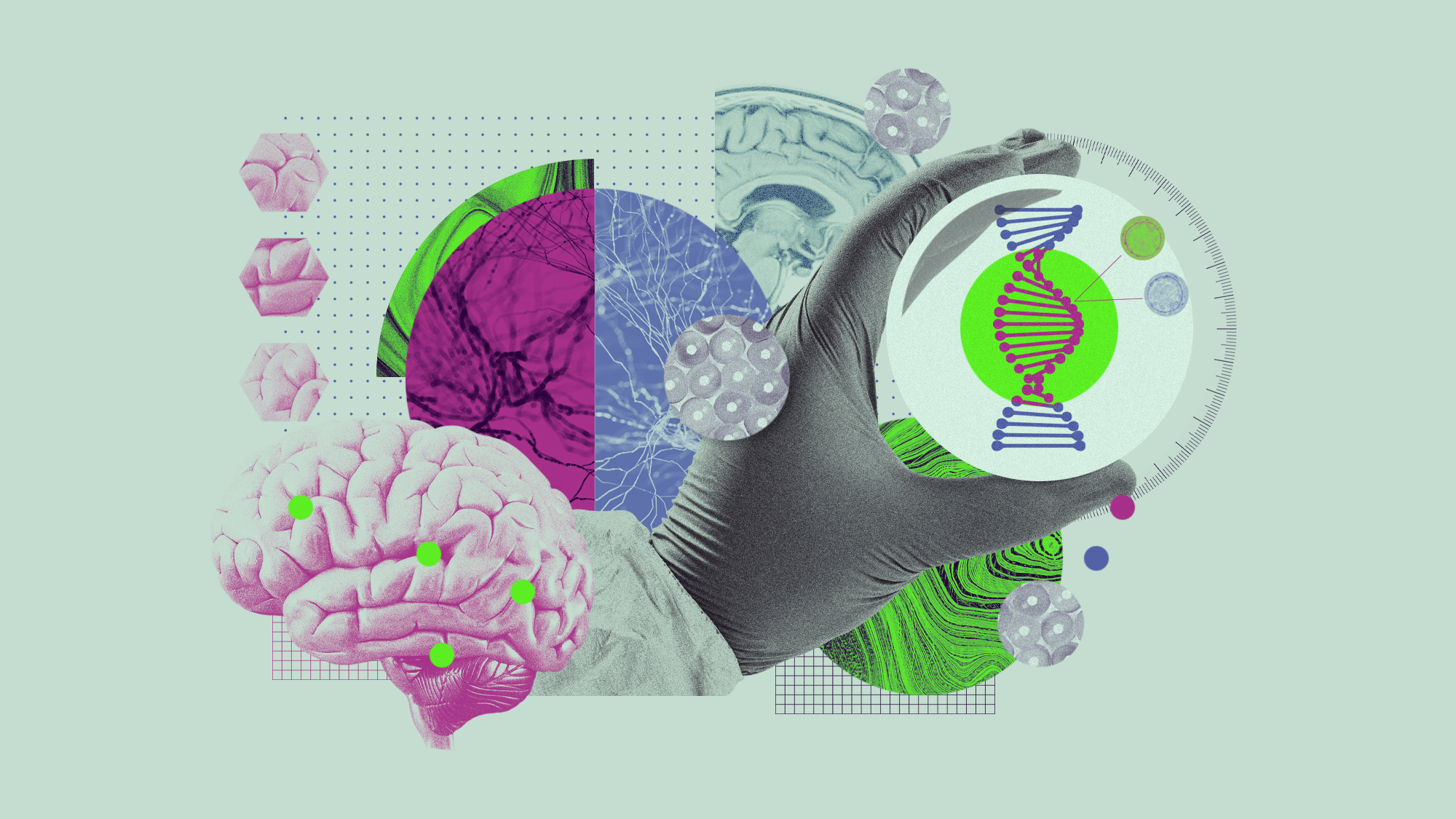 5 recent breakthroughs in biology
5 recent breakthroughs in biologyIn depth From ancient bacteria, to modern cures, to future research
-
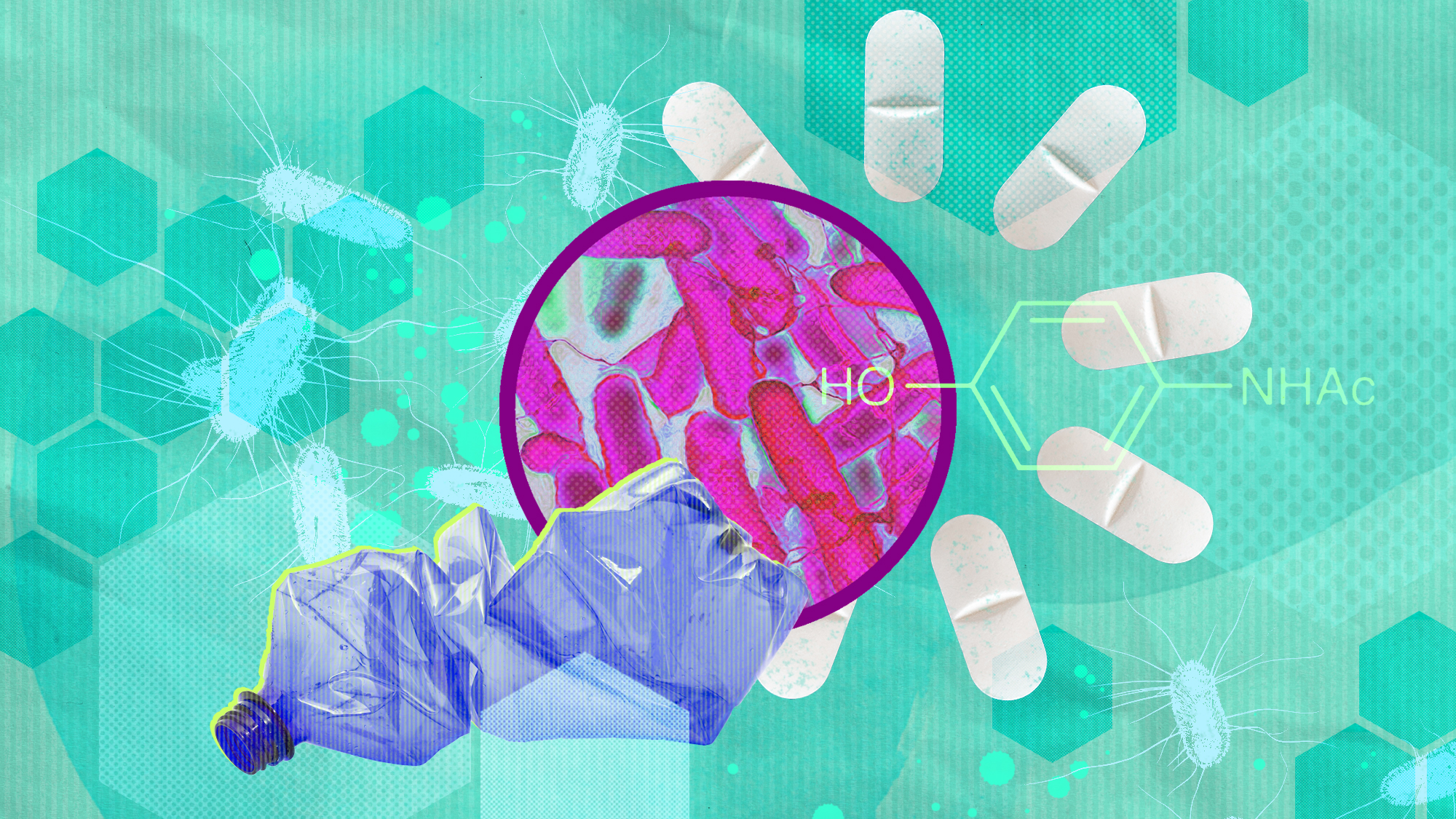 Bacteria can turn plastic waste into a painkiller
Bacteria can turn plastic waste into a painkillerUnder the radar The process could be a solution to plastic pollution
-
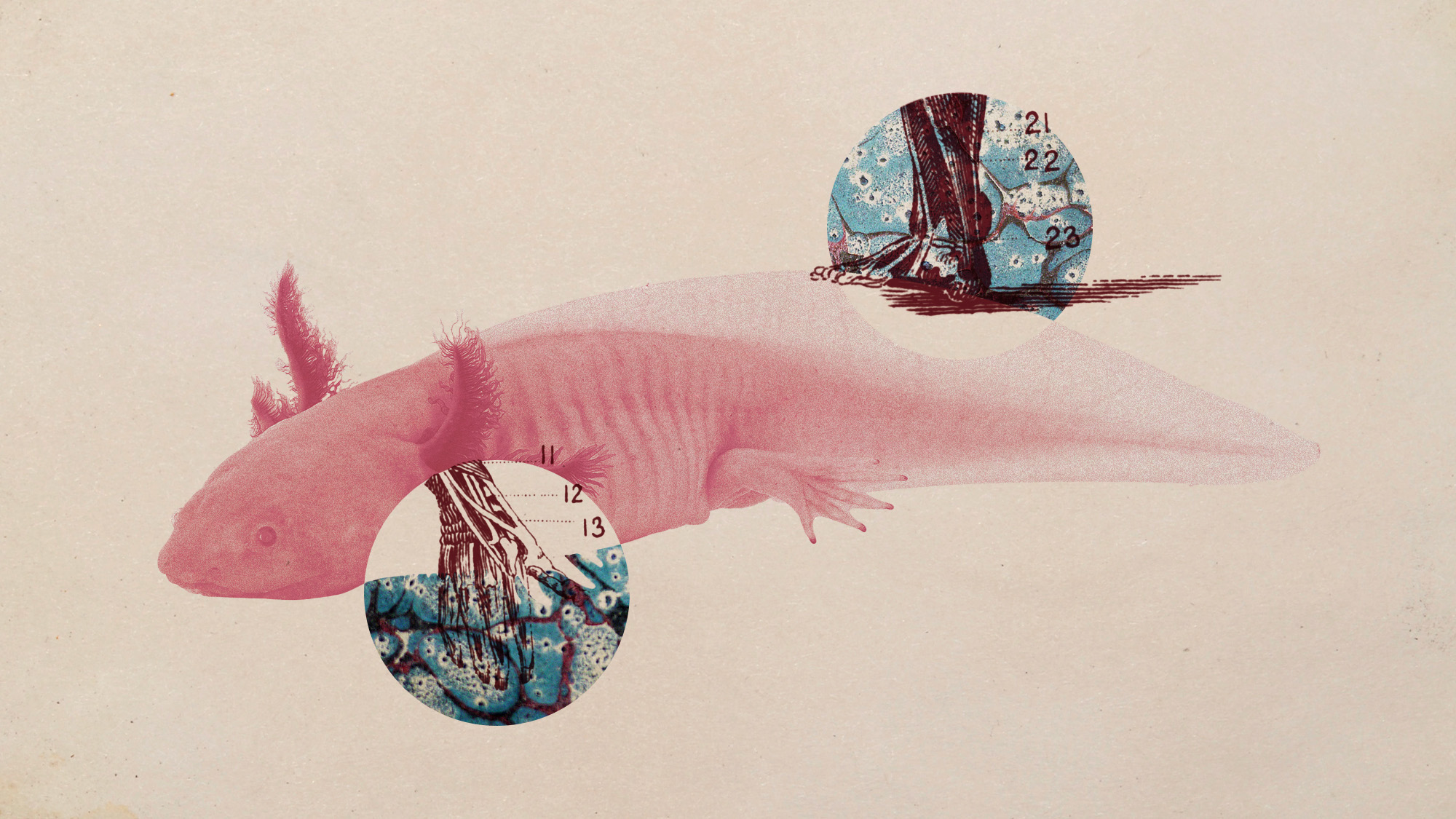 Scientists want to regrow human limbs. Salamanders could lead the way.
Scientists want to regrow human limbs. Salamanders could lead the way.Under the radar Humans may already have the genetic mechanism necessary
-
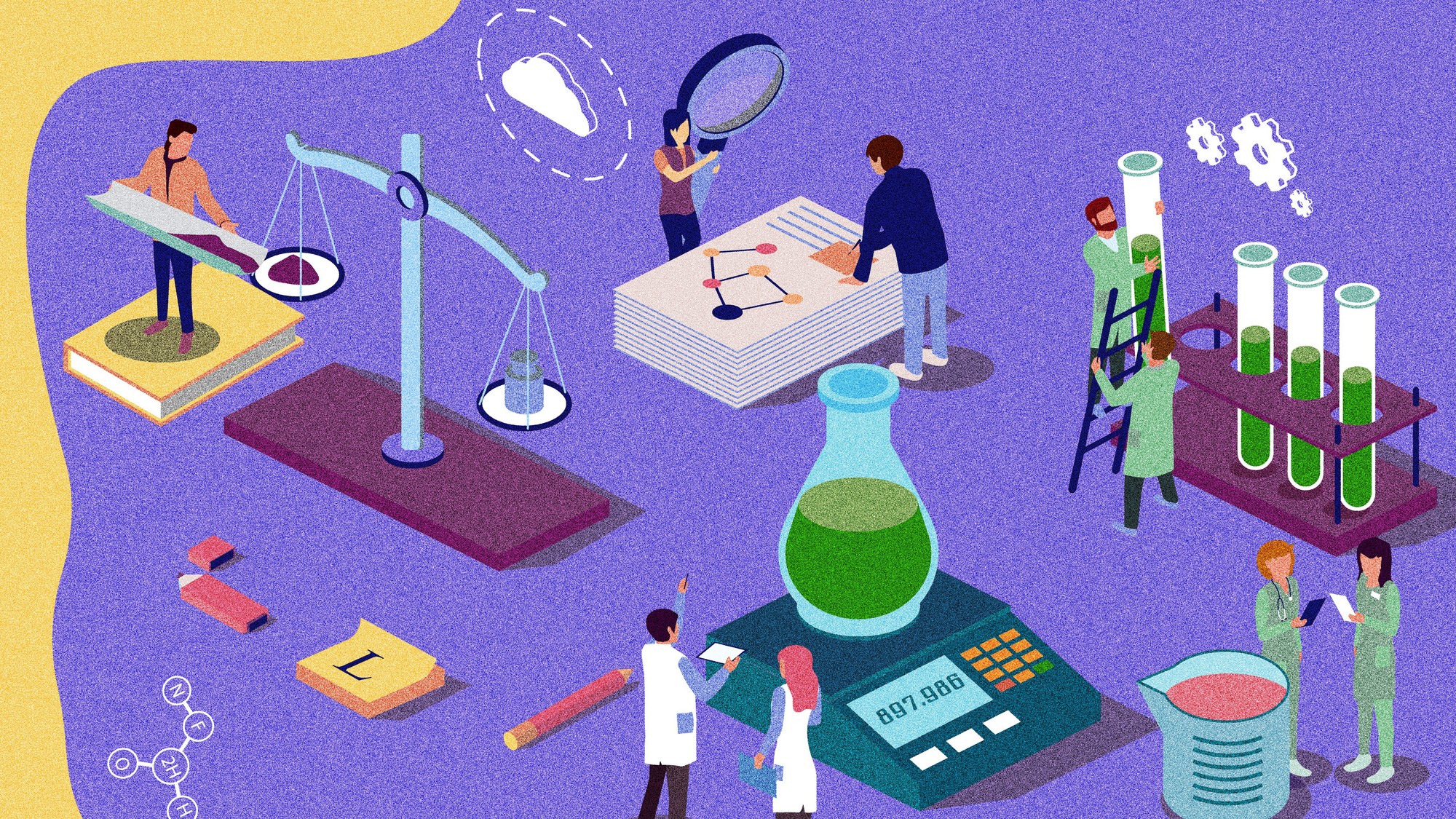 Is the world losing scientific innovation?
Is the world losing scientific innovation?Today's big question New research seems to be less exciting
-
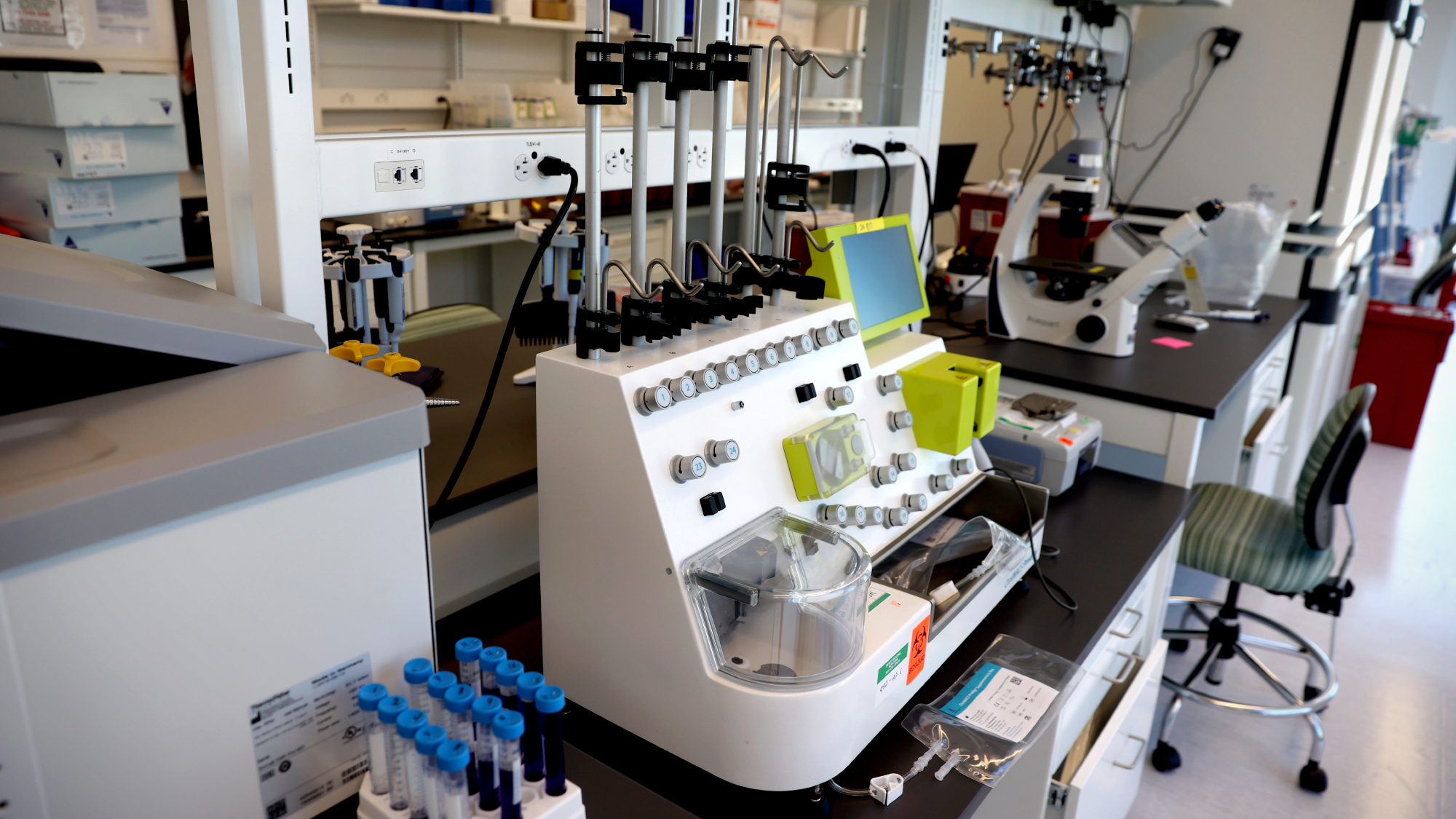 Breakthrough gene-editing treatment saves baby
Breakthrough gene-editing treatment saves babyspeed read KJ Muldoon was healed from a rare genetic condition
-
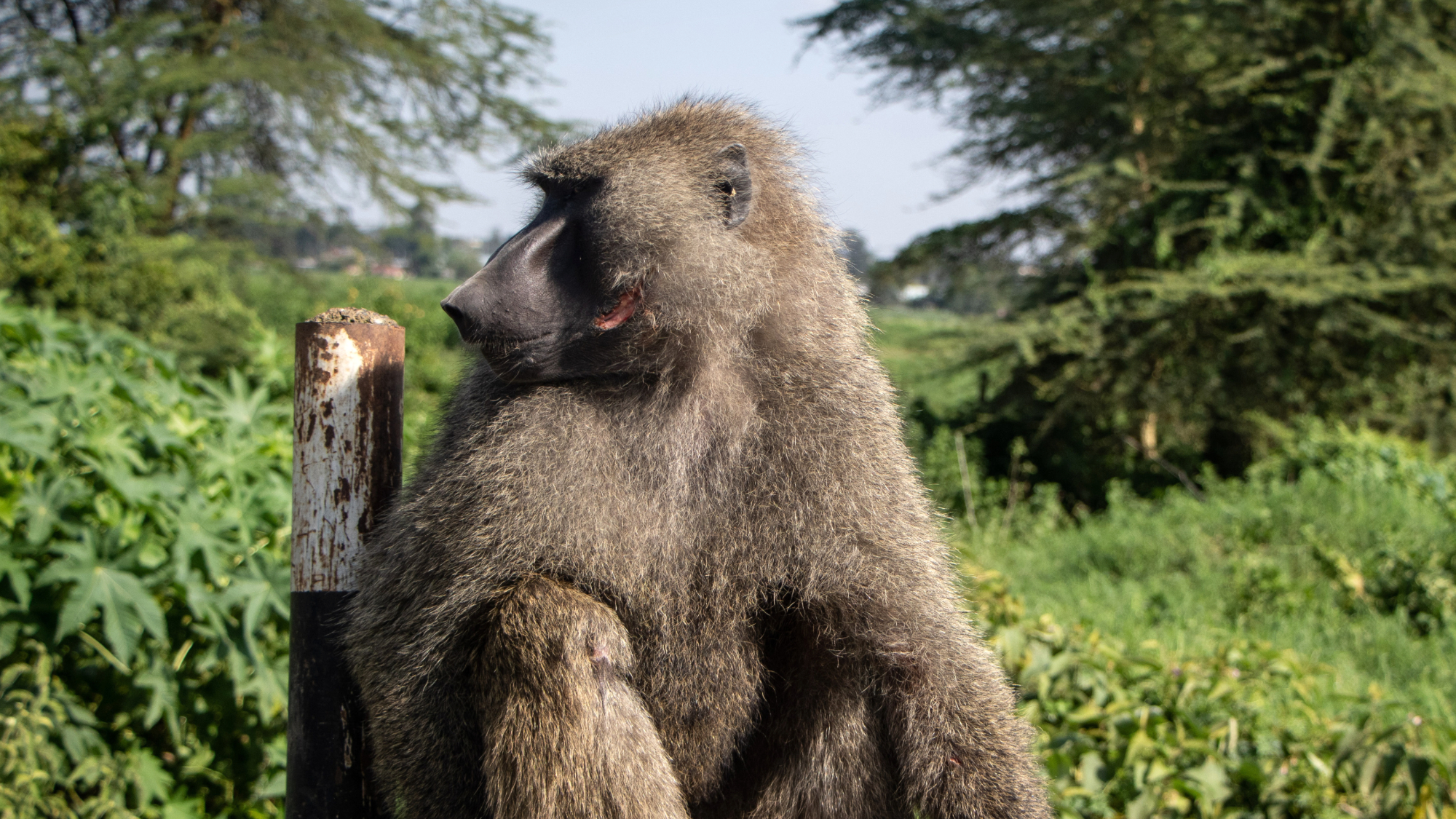 Humans heal much slower than other mammals
Humans heal much slower than other mammalsSpeed Read Slower healing may have been an evolutionary trade-off when we shed fur for sweat glands
-
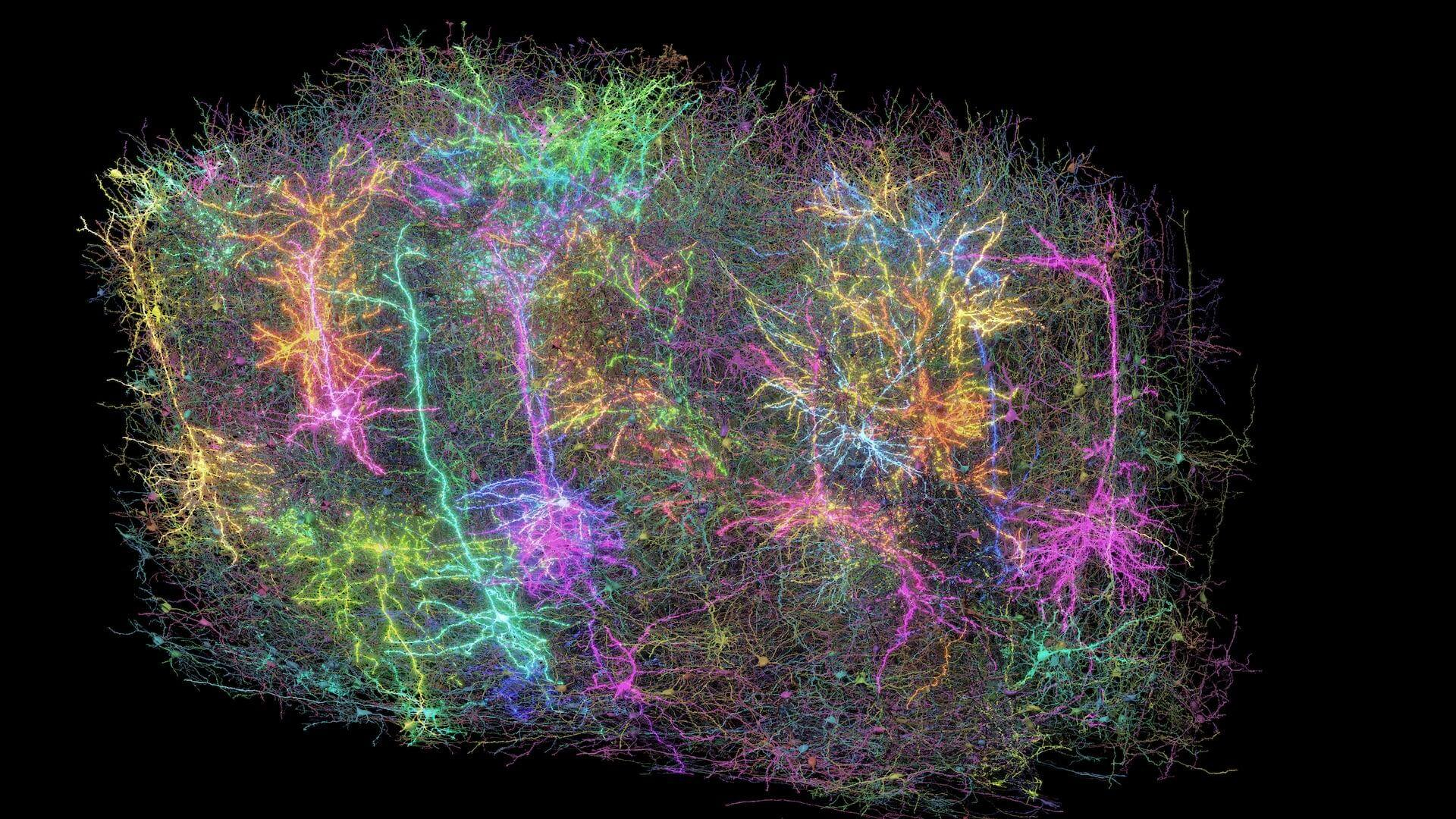 Scientists map miles of wiring in mouse brain
Scientists map miles of wiring in mouse brainSpeed Read Researchers have created the 'largest and most detailed wiring diagram of a mammalian brain to date,' said Nature
-
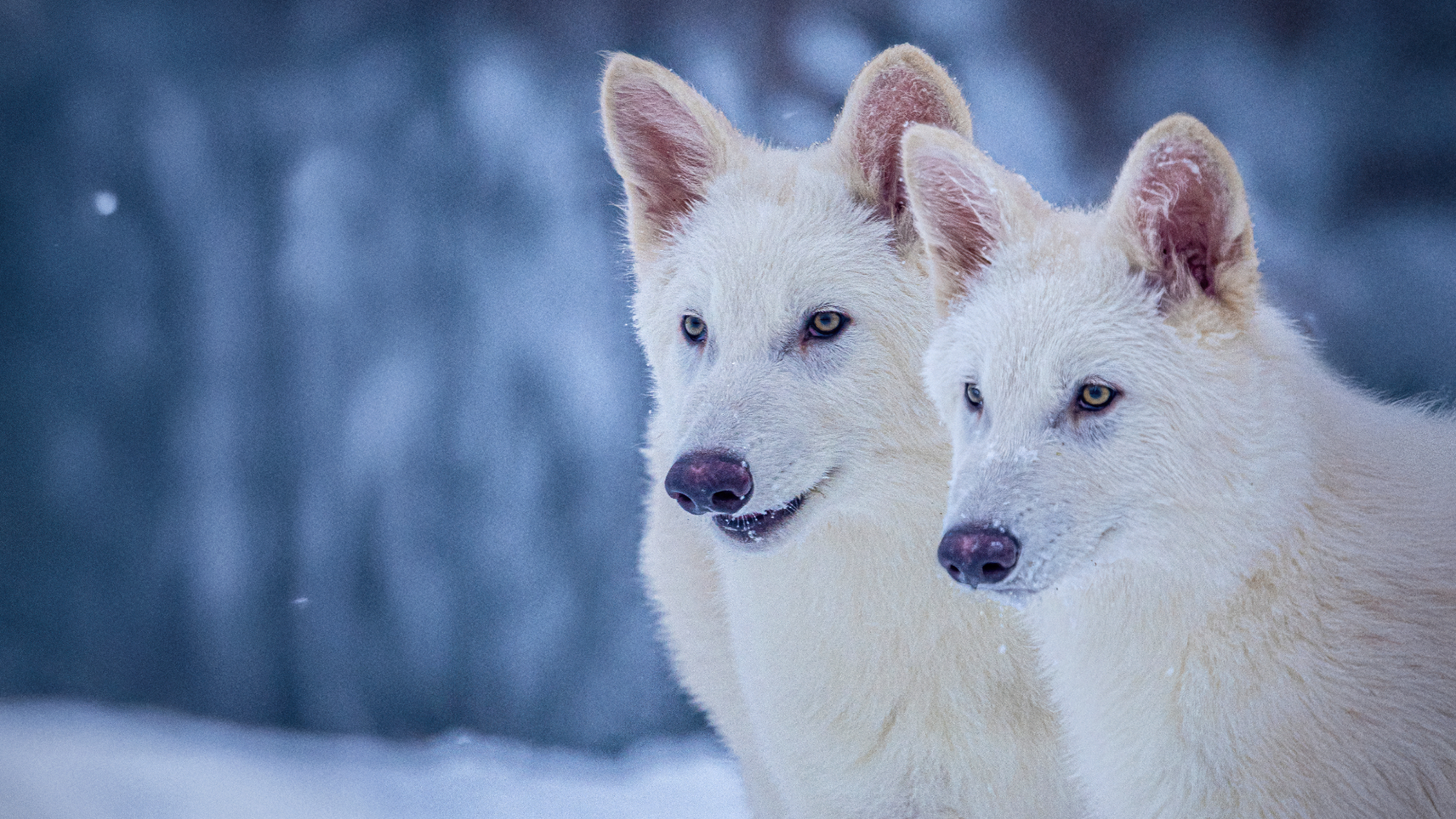 Scientists genetically revive extinct 'dire wolves'
Scientists genetically revive extinct 'dire wolves'Speed Read A 'de-extinction' company has revived the species made popular by HBO's 'Game of Thrones'